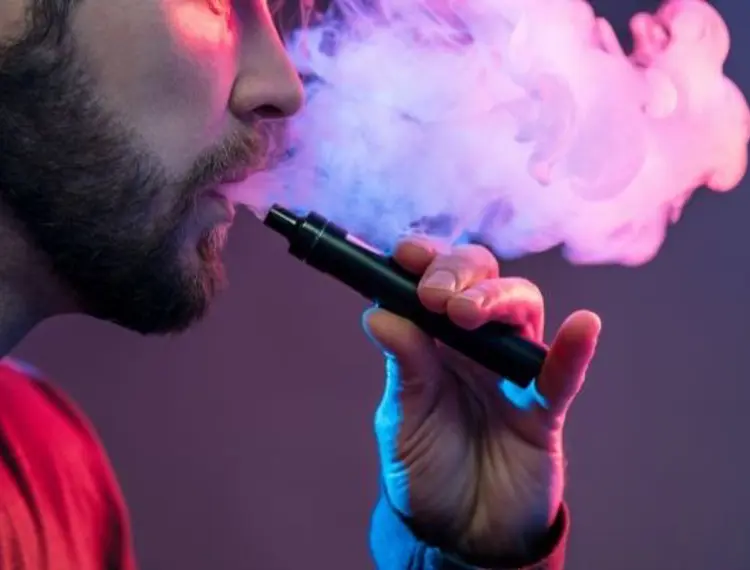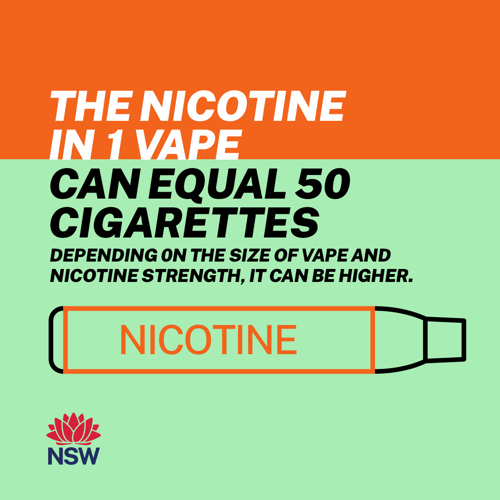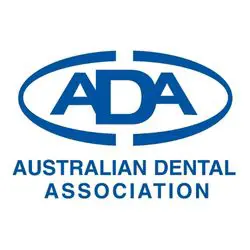
Key messages
- Electronic cigarettes are commonly called vapes.
- Many people who use vapes are people who have never smoked or young people.
- Vaping liquids that claim to be nicotine free can still contain nicotine.
- A lot more research is needed to understand how vaping really affects your health.
- Vaping lets you breathe in the same harmful chemicals found in cleaning products, nail polish remover, weed killer, bug spray.
Electronic cigarettes (e-cigarettes) are battery powered devices. Inside the device is a coil that heats up a liquid to make a vapor that you breathe in. The vapor includes nicotine and harmful chemicals. Electronic cigarettes are commonly called vapes. Using electronic cigarettes or vapes is called ‘vaping’.
What is in vaping liquid?
The liquid inside an e-cigarette is called vaping liquid or e-liquid. Vaping liquids contain harmful chemicals. The heating, cooling and ageing process inside the e-cigarette can affect the chemicals in the vaping liquid. The vape and the coil that heats the liquid can also break down over time. This can cause you to breath in heavy metals and microplastics.
E-cigarettes contain toxic chemicals including:
- heavy metals
- volatile organic compounds
- cancer-causing chemicals.
You are breathing in the same harmful chemicals found in:
- cleaning products
- nail polish remover
- weed killer
- bug spray.
Australian researchers looked at 65 vapes and found none of the labels listed all ingredients included in the e-liquids.
Many e-cigarettes include nicotine even when it is not listed on the label as an ingredient.

How can vaping affect my mouth?
Vaping is harmful to the health of your body and mouth. Research on non-cigarette smokers has shown effects of e-cigarettes in the mouth. Effects can include:
- a dry mouth
- a burning feeling
- mouth irritation
- bad taste
- bad breath
- pain
- gum disease
- changes to the soft tissues that covers the inside of the mouth
- the top surface of your tongue becomes black.
Common myths about vaping
This is a myth.
Vape liquids are not always free from nicotine. Liquids that claim to be nicotine free can still contain nicotine. Nicotine is addictive and can damage the developing brain. In Australia, nicotine vaping products need a prescription. Scientific research that looked at 10 vaping liquids that were labelled "nicotine free' found that nicotine was present in six of the e‐liquids.
This is a myth.
Vaping is not safe. There are many health risks that we do not yet know about. Vaping can damage lungs and may cause death. This is called EVALI (E-cigarette or Vaping Associated Lung Injury). Vaping may increase the risk of oral cancer and periodontal disease.
This is a myth.
We do not know the effects of vaping on health. A lot more research is needed to understand how vaping really affects health.
Quitting vaping
Quitting vaping can improve your health and wellbeing. You can seek help to quit from:
- Your doctor
- Your pharmacist
- www.quit.org.au or call Quitline 13 78 48
- My QuitBuddy app
- Quitline for Aboriginal and Torres Strait Islander communities
More resources
Vaping Facts
NSW Health The Facts About Vaping
This article was written with the help of Dr Amanda Phoon Nguyen.







